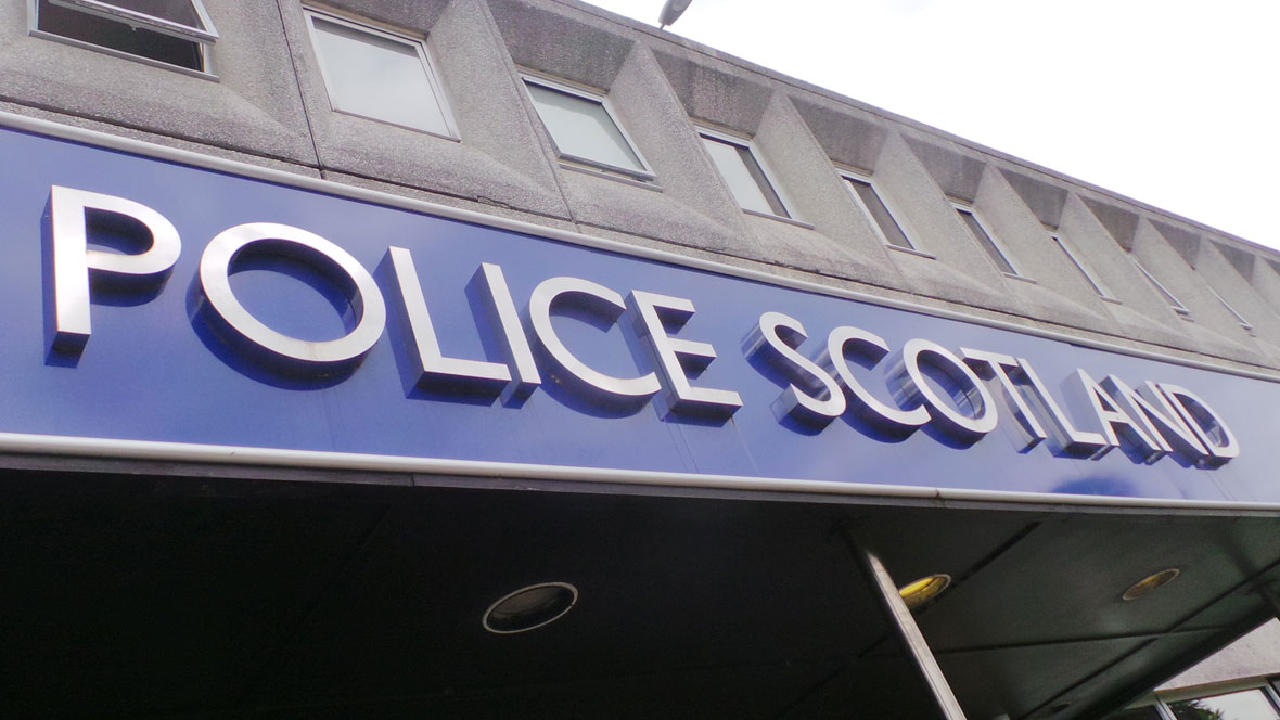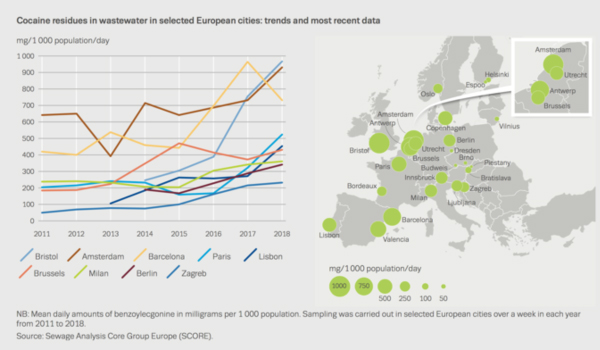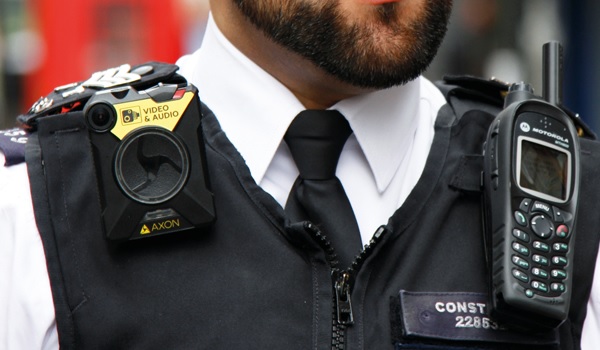Dealers say profits down in saturated Scottish drugs market
New research into emergent changes in illicit drugs markets is offering policing a “more effective” path to improving the safety and wellbeing of Scottish communities.
The diverse nature of importation and distribution north of the border has highlighted an evolving picture, the latest study reveals.
While a hierarchical model still dominates the market, County Lines and increasing demand for drugs such as cannabis as well anabolic steroids and psychoactive substances means that home growing, online purchasing, and street-level dealership is common, the report findings detail.
Drug dealers say their profits on cannabis are falling thanks to mass production in Scotland.
The ‘altered state’ of the market has come to light after 42 offenders involved in drug distribution from retail to wholesale markets through to importation levels were interviewed by academics from the University of the West of Scotland, the University of West London and the Metropolitan State University in Minnesota.
The dealers complained the market for the Class B substance is “now saturated”, sellers also say cannabis is being sold at lower prices and is producing much lower margins.
The findings are likely to add pressure on the UK to follow Canada and legalise the drug.
Last weekend Durham Constabulary’s chief constable, Mike Barton, renewed a call for the ban on cannabis to be lifted and for the drug market to be regulated by government while the Police Federation of England and Wales demanded a public debate on future legislation with a rethink on enforcement to deal with “outdated” laws that are not working for modern Britain – a century after the introduction of prohibition.
Feedback from the researchers, led by James Densley of Minnesota, suggests that despite the “profound” differences of illicit drug distribution across the UK – Scotland has been “largely excluded” from previous conversations on the subject.
The report added: “The findings have the capacity to further inform police and practitioners about the diverse and evolving nature of drug distribution in Scotland, so that they may become more effective in improving the safety and wellbeing of people, places and communities.”
Writing in the International Journal of Drug Policy, the academics claim their organised crime sources “continuously stated that the cannabis market was now saturated, with competition benefitting consumers but eating away at margins for suppliers”.
They added: “The time and specialist skills required to successfully differentiate one’s brand in the marketplace made cannabis growing less attractive for many.”
Most cannabis sold in Scotland is locally produced, often by east Asian crime groups using Vietnamese labour sometimes working in slave conditions.
The new report comes as the figures from Scottish Drug Misuse Database also suggest lower prices and higher availability for cocaine.
Some 11,721 individuals came forward seeking help for drug addiction and were given an assessment, the latest report for 2016/2017 revealed. Of these, one in five had used cocaine.
From 2009 to 2015, the percentage of individuals reporting recent cocaine/crack cocaine use ranged from 11 to 13 per cent. That rose last year to 19 per cent.
The database report added: “This change may be related to decreases in price and increases in purity of cocaine.”
It also echoed other evidence suggesting the average age of drug users was rising. More than half of addicts who were assessed in 2016/17 were aged 35 or over, up from 29 per cent in 2006/07.
Over the same period the proportion of users who were aged under 25 fell from 26 per cent to 14 per cent.







